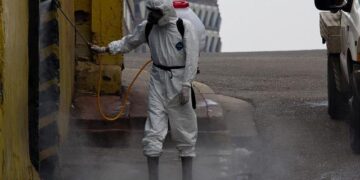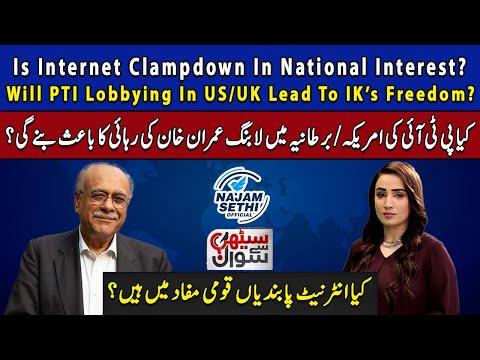In a move signaling a sustained tightening of digital controls, Iran has extended its internet restrictions beyond the initial scope of wartime measures, according to recent reports. The New York Times reveals that what began as a temporary clampdown amid ongoing conflict has evolved into a broader effort by the Iranian government to regulate online access and curb dissent. This development underscores growing concerns about information freedom and the escalating role of digital censorship in the country’s socio-political landscape.
Iran Expands Internet Restrictions Amid Ongoing Civil Unrest
In a move that marks a significant escalation, Iranian authorities have broadened their control over digital communications, severely limiting internet access across the country. This clampdown includes cutting off access to social media platforms widely used by protestors to organize and share information, as well as throttling bandwidth to render online activities nearly impossible during critical moments of civil unrest. The restrictions extend well beyond temporary measures typical of conflict zones, signaling an entrenched strategy to suppress dissent through digital isolation.
Key components of the expanded internet restrictions include:
- Near-total blackout of popular social networks such as Twitter, Instagram, and Telegram.
- Severe limitations on messaging apps, with intermittent service disruptions lasting hours or days.
- Enforcement of deep packet inspection technology to monitor and block content.
- Restrictions on VPN services, further limiting citizens’ ability to circumvent censorship.
| Region | Internet Availability | Duration of Disruptions |
|---|---|---|
| Tehran | 40% Capacity | Up to 72 hours |
| Isfahan | 25% Capacity | 48-60 hours |
| Shiraz | 15% Capacity | Uninterrupted blackouts for 36 hours |
Impact on Daily Life and Economic Activities in Iran
The extended internet restrictions in Iran have triggered widespread disruptions across daily routines and economic sectors. Citizens find themselves grappling with limited access to essential online services such as banking, healthcare portals, and educational platforms. Businesses, particularly those reliant on e-commerce and digital marketing, report sharp declines in revenue as connectivity issues hamper customer engagement and transaction processing. Moreover, the restriction exacerbates communication barriers, isolating communities and stifling the free flow of information critical for societal resilience.
The economic fallout is palpable across both formal and informal markets. Small and medium-sized enterprises (SMEs) that depend heavily on social media for advertising and customer outreach suffer unprecedented setbacks. Delivery services and online retail face logistical delays, leading to inventory backlogs and lost sales. Below is a snapshot illustrating the immediate economic sectors most impacted by the clampdown:
| Sector | Impact | Estimated Revenue Loss |
|---|---|---|
| Online Retail | Delayed transactions, disrupted supply chains | 20-30% |
| Finance & Banking | Restricted access to digital services | 15-25% |
| Education | Interrupted remote learning access | N/A (Long-term impact) |
| Small Businesses | Declined customer engagement & sales | 25-40% |
- Rural Areas: Limited internet infrastructure compounds isolation.
- Urban Centers: Higher dependency on digital tools amplifies economic strain.
- Informal Economy: Suffered due to inability to coordinate and advertise.
Calls for International Pressure to Restore Open Access and Digital Rights
Global advocacy groups and human rights organizations are intensifying their appeals to governments and international bodies to exert diplomatic pressure on Iranian authorities. They stress that continuous restrictions on internet access hinder not only citizens’ freedom of expression but also their right to information, which is fundamental during both peace and conflict times. Calls have been made for coordinated sanctions targeting entities responsible for internet censorship and digital surveillance, aimed at compelling Iran to lift the widespread blackout and restore open access nationwide.
Experts highlight several key demands shaping the international agenda:
- Establishment of multilateral digital rights frameworks to hold states accountable for online repression.
- Support for secure communication tools distributed through global tech alliances, empowering activists inside Iran.
- Regular transparency reports from telecommunications providers to shed light on censorship mechanisms.
| International Response | Status |
|---|---|
| UN Human Rights Council Resolution | Pending Vote |
| EU Digital Sanctions Package | Under Review |
| Tech Firms’ Transparency Commitments | Ongoing |
In Retrospect
As Iran broadens its internet restrictions beyond the immediate scope of wartime measures, experts warn of the far-reaching implications for civil liberties, economic activity, and global connectivity. The extended clampdown reflects the government’s growing emphasis on information control amid internal unrest and geopolitical tensions. Observers continue to monitor how these digital constraints will shape Iran’s social and political landscape in the months ahead.































